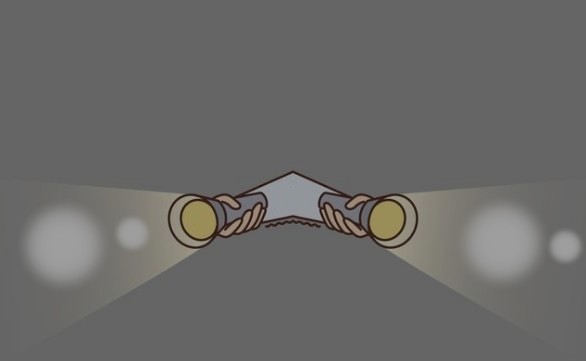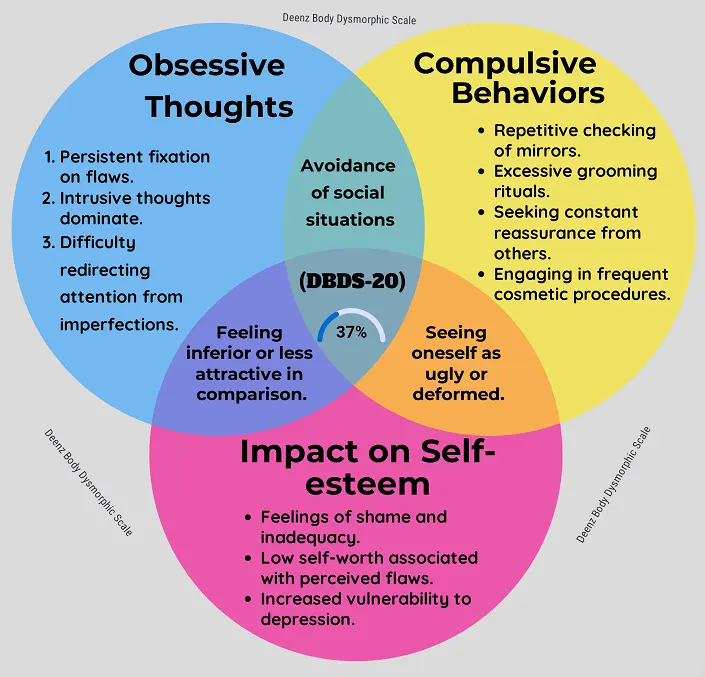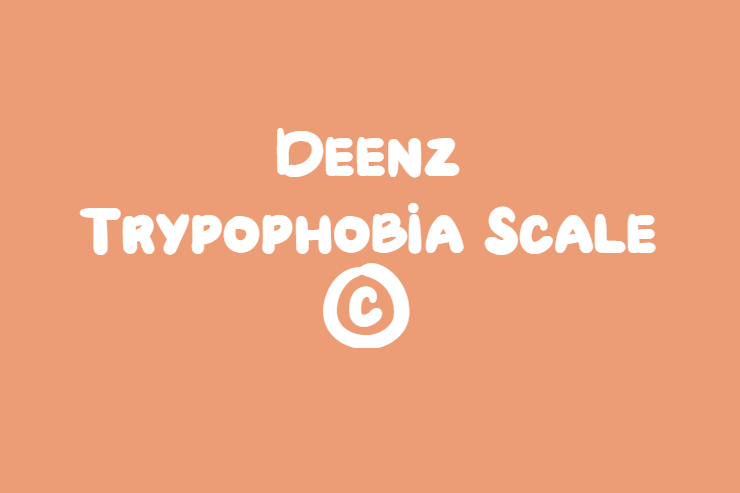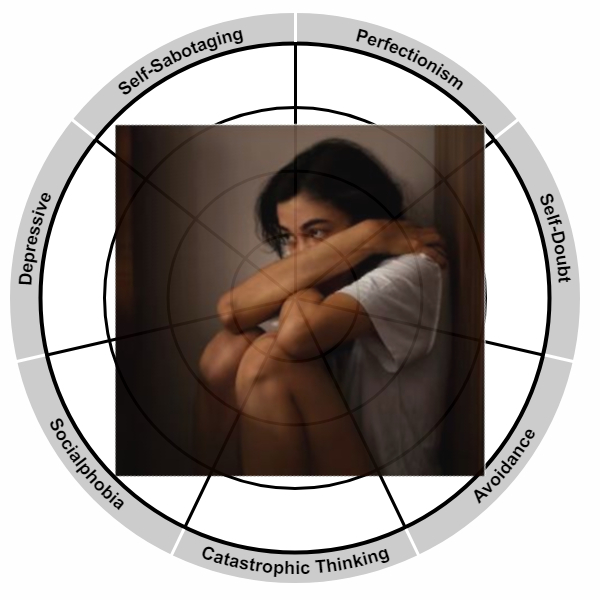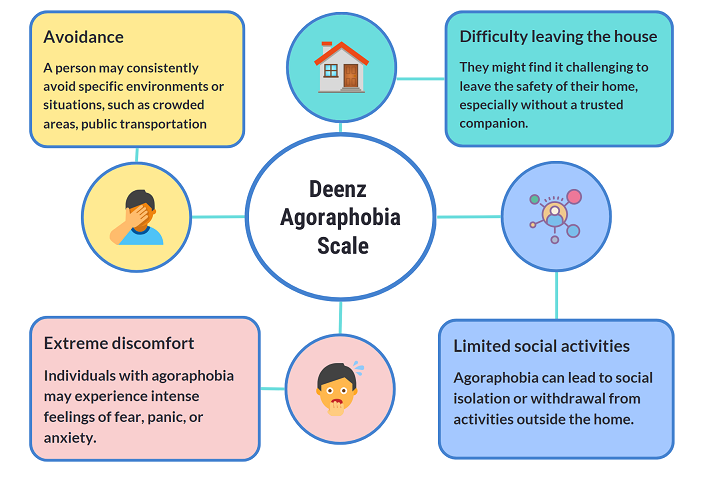Nyctophobia is not just the fear of darkness, it is the irrational fear and complex interplay of emotions and behaviors that may impact overall well-being. Other terms used interchangeably are scotophobia or lygophobia; the term lygophobia describes someone who has severe impairment. People with nyctophobia have intense anxiety, panic, and in the worst scenarios dread when exposed to darkness. Some people experience significant distress, which leading them to avoid situations which may trigger anxiety, and negatively impacts daily functioning. Nyctophobia scale is developed to measure the inclination towards nyctophobia tendencies and assess the impact on overall wellbeing. The quiz below has been adopted from Deenz Nyctophobia Scale (DNS-13) which is the preliminary version based on 13 statements and a 10 point scale.
In the scholarly investigation titled ‘Darkness facilitates the acoustic startle reflex in humans‘ authored by Grillon, Pellowski, Merikangas, and Davis in 1997, the principal observation centers on the exacerbation of the fear of darkness due to the absence of visual stimuli. This exacerbation manifests in heightened levels of anxiety, uncertainty, and tension among individuals. Consequently, the research posits that darkness significantly augments the acoustic startle reflex in the human population.
While modern psychology emphasizes understanding the reasons behind the irrational fear of darkness, it also emphasizes assessing the impact of this irrational fear on one’s daily functioning. The development of the scale was initiated for the purpose of measuring the impact of the fear of darkness in college students and its influence on their academic work. The scale is still in the initial developmental phase and has yet to be validated on a large group of people with different cultures and demographics.
